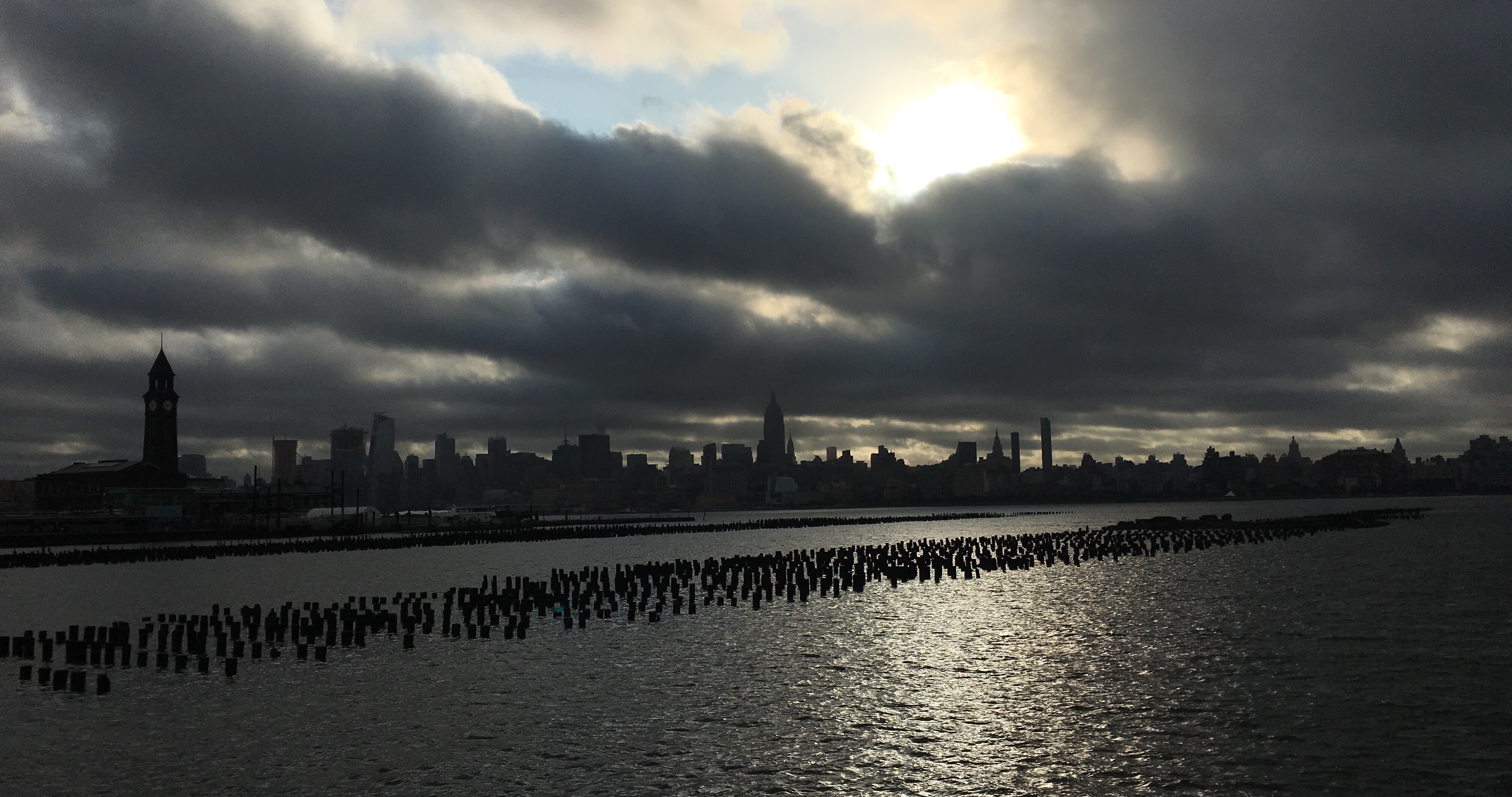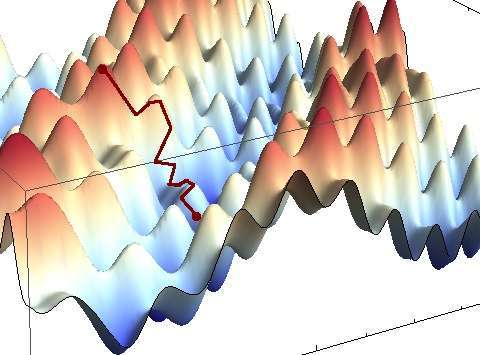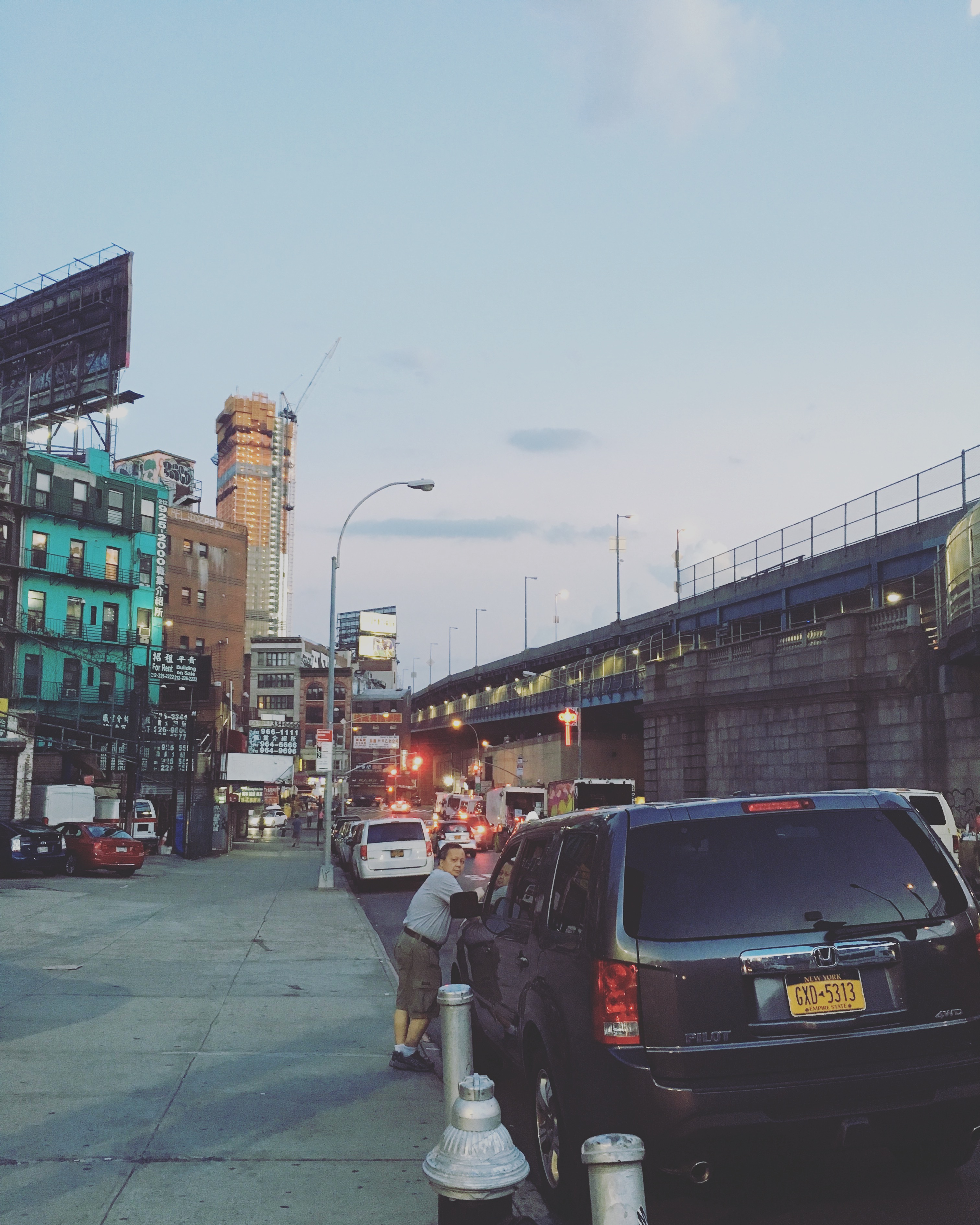I started this post back in June, but it didn’t feel complete as is, so I let it sit. It’s August now, and things are on the up-side, so I came back, finished it, and made some touch-ups. Heads-up, it’s not the most light-hearted of the bunch, but for all the post-college grads out there, hopefully it’s a little bit relatable. For me, I think it’s one of the more honest posts I’ve written, and definitely took a while to feel right-enough. Enjoy!
June, 2017
When I was younger, I watched a movie where a mouse family, non-trivially named the “Mousekewitz’s”, escape Russia during the pogroms to seek safe-haven in America. During the boat ride over the Atlantic, Fievel Mousekewitz, a 7-year old son, becomes separated from his family and floats to America within a bottle, landing in New York City. Originally hopeless, through meeting many friends of feline, feathered and furry nature, Fievel faces his fears and rejoins his family, after navigating from the piers of Chelsea to the Battery of Manhattan, and the Mousekewitz’s begin their new lives in America.

My short-form of a 7-year-old looked up to the 2-inch tall, young, undeterred mouse that was Fievel Mousekewitz, who was able to end up alone in a large, new place. To me, Fievel had learned how to fend for himself, something my juvenile self, who could not make it past the end of the cul-de-sac without venturing into new territory, saw as a sign of adulthood. I wanted to be the one who made it to that new arena, combatted life with two gloves on, and was able to conquer whatever might have been thrown at me.
And, under much less-dramatic and more conventional circumstances, I’ve made it to New York. Well, New Jersey for now But if you were to walk 1000 or so feet and jump across the water I would have made it to New York. And luckily for the PATH train, I don’t need to spend nearly as much energy as I would trying to jump across the Hudson, and I go to NYC almost-every day.

One year ago, which is a much longer time then it feels, I left college. I left this small community that I had grown with for 4-years. We took our graduate pictures, sat through a 4-hour ceremony, dropped the keys to an apartment that seems much larger than any I’m living in for the next few years (though I don’t miss the asbestos), packed up a U-Haul and peace’d out. It was sad but it was normal, being one of many who go through this same process every year. During college, I had built up a confidence that created a shell to self-sustain. I felt accomplished, and I was ready to take on the big city, face the challenges and move towards the future. It was time to move-on for the small bubble in Baltimore that made me feel like I could tackle the world.
College didn’t teach me to be independent, though it led me to believe I was. My real learning on how to be independence started when I was much younger, shortly after watching Fievel on the small-screen.
About two years after witnessing Fievel’s journey, I found myself as a 9-year-old who didn’t know how to throw a ball. I learned this after horrid recess experiences and a few attempts at a tiny-league baseball team turned sour. Though you might be surprised at my lack of physical-capabilities, it wasn’t really out-of-the-ordinary for a child in my position. My mom was away at work most days, and my brother, being older, would have things to attend to after school. So, I would often come home and read a book, or watch television, and it never occurred to me until I was nine that it was time to learn how to throw a ball.
So, after years of humiliation, I gathered whatever lack-of-coordination I had, and took to learning. Since I didn’t have anyone else with me, I would go out in my front yard, throw a ball in the air and catch-it myself. Eventually, I gathered enough courage to not duck and cover every time a baseball came buckling down (I started with a tennis ball at first out of fear), and after a while could even hold my own with another person. Eventually I even graduated to throwing/catching a football, and even a frisbee (which is nice because you can throw it in more directions than straight-up to have it rebound back!). It was always just me, a ball, watching it go up-and-down, up-and-down.

Life seems to have many up-and-down moments. Moving to the New York came after an awesome summer; I went on a trip with friends, savored a few last moments in Baltimore, and then started work on the right-note. Then, after moving to the city, it was almost like nothing had changed. Sure, the group of friends became a little smaller, but work was busy, we spent weekends together, and living in this cool-new place where you can literally do something different any night and any day was pretty damn awesome. I was riding my life high and happy.
But as the weather grew colder and the days grew shorter, life began to pull the high down. The friends that I had grown attached to had begun to stretch towards settling into post-college life. Though I had initially believed I was handling what was allegedly a more independent time period smoothly, days coming home to an empty apartment on repeat began to take toll. But, I was convinced this was just apart of the transition, I could hold my own, and life would go on.
There’s an algorithm in mathematics called simulated annealing that’s used to measure points of stability after searching through points of chaos. Imagine you’re on top of a hill, what’s called a ‘high energy’ point, and high energy is associated with chaos. You, like so many of us, would love to somehow descend the hill and reach a more ‘stable point’, where the energy is low. When you descend the hill, you look up and see many other hills around you, and you think, “what would happen if I a reascended a new hill; would there be an even lower, more-stable valley on the other side?”
This question, or the less math-y version of it, analogously pops-up in life a lot. After reaching a new stable-point, and deciding we’re still not totally satisfied, we are often faced to make life decisions, or transitions, wondering if these choices will backfire, or break us, or keep us in chaos. At every point, we often wonder if we’ve made the right choice, could we be doing better, and we often face anxiety about our current state, or what comes next.

About halfway through winter, I was at a pretty unstable point myself. Work was slow and non-rewarding, and I would find myself often at home where I had no one to reach out to and cool-off with. Yet, unlike my young self, where I took things into my own hands and pushed forward, I didn’t want to let the veil of independence that I had grown from my college years tatter. I was scared of reaching out to those I didn’t know, and feeling vulnerable. I missed college, I missed my community, and I wanted to go back.
Within the annealing process, the algorithm will continuously hop out of one valley to another, only choosing to stay if the new valley has a lower point. If the new valley is not lower, the algorithm will randomly choose to stay despite the fact that we haven’t reached a lower point, hoping that the true lowest point is somewhere closer within the plane. As the algorithm continues, it gets less probable to choose to stay in valleys that are higher than the current valley we are in, and we generally ‘cool-off’ to stay in lower valleys more often.
During life, we reach many states where we gain comfort, believe we have a hold on things, only to hop back out and be perturbed. It takes a long time to eventually find comfort, and sometimes we reach a sense-of stability without having the same level of ease as we previously did. Eventually, it takes us to make a change – to find out our own way to throw a ball up in the air and learn how to catch it on its way down – to cope with our new environments and grow comfortable with ourselves. It’s only when we realize we’re not as comfortable as we project to be – the fine line between trying to be independent, but in reality being lonely and unsure – that we gather enough energy to try something new. I guess that’s what ‘settling’ as an adult (a topic that to me has always seemed mundane) is though. It’s finding a place where we are happy and stable and our own annealing processes can cool down.
August, 2017
Since winter, the days have grown warmer, and things have gotten better, because I’ve made a difference. During the summer, I’ve reached out to people I didn’t normally, and have grown out of my shell. I’ve begun to volunteer for groups in the city, and join new communities. In addition, I’ve balanced work and life a little better (thank you to the co-worker who told me work is not a race, it’s a marathon). Like my nine-year-old self, when things weren’t looking bright, I started to take things into my own hands. I even crossed the Hudson and moved into NYC (sorry PATH…you didn’t cut-it just enough)!

Looking back at Fievel, after he found his family, he had just crossed into one stable point. I looked at Fievel’s independence as a young mouse and thought once I achieved that, I would be ready to leap into adulthood, but looking back, there’s many points where I’ve gained independence…and to be honest I don’t feel like I’m totally there yet, and that’s okay. In truth, it’s a learning process that cycles on-and-on. As life changes we change. We go outside, we pick up our ball and we throw it up and watch it come down, again and again, up-and-down, up-and-down.
-Dadler


Dan – this was so real and moving. Thank you for sharing. In fact, kudos for the courage to share, and the courage to create new connections. Neither is trivial. I found your blog as I was looking for passive sensing of sleep: I’m running a study with the VA, where we look at heart patients – give them an information session about their condition, with or without an arm of signing onto the personal development platform I created (link below).
This is how I came across Dr. Tanzeem Choudhury , her lab, etc.
If you have any input re-passive sensing, it’d be amazing. And in any event – good luck!
Hi Tayla – apologies on the late reply! I’m not great at my own monthly initiatives to stay on top of the blog.
If you’re still interested in input on the study, or we can help at all with data analysis, would be happy to speak more. Shoot me a note (dadler@infosci.cornell.edu)